Does Drywall Need to Be Plastered? Common MYTHS
Are you embarking on a drywall project and wondering if plastering is necessary? Look no further! And the most important question is ‘Does Drywall Need to Be Plastered?’
Yes. Plastering is essential for achieving a smooth and flawless finish on your drywall surfaces. It not only enhances durability and insulation but also creates an aesthetically pleasing canvas for your artistic endeavors. Discover the benefits, challenges, and modern techniques for finishing drywall without plastering.
However, plastering can be time-consuming and requires skill and experience to achieve professional-quality results. It also comes with the challenge of managing messiness. But fear not! I’ll guide you through these obstacles and offer alternative techniques to strike a balance between cost, time, and desired aesthetic results.
Stay tuned for our in-depth exploration of the topic, where I’ll provide you with practical tips and tricks to determine whether plastering is necessary for your drywall.
Factors that Determine Whether Plastering is Necessary
When it comes to deciding whether your drywall needs a good plastering session, a few key factors come into play. I’m here to unravel this mystery and guide you through the considerations. The condition of your drywall, the finish you desire, and the type of paint you plan to use all play a role in determining whether plastering is necessary.
If your drywall has minor imperfections like tiny dents or scratches, you might be able to skip the plastering process and still end up with a satisfactory result. However, if you’re dealing with noticeable seams, cracks, or surfaces that resemble a roller coaster ride, plastering can be your ticket to a smooth and seamless finish.
But hey, don’t fret! Just because your drywall is not perfectly flawless doesn’t mean plastering is your only option. Sometimes a touch of skim coating or the magic of self-priming paints can work wonders. These modern alternatives can help you achieve a polished look without going through the full-scale plastering extravaganza.
It’s all about finding the right balance between cost, time, and the level of perfection you’re aiming for. And if all else fails, you can always ask your walls if they have any preferences – who knows, they might surprise you with a witty answer! 😉
When is Plastering Required for Drywall?
Let’s dive into the realm of drywall and uncover the occasions when plastering becomes a necessity. You know, those moments when your drywall raises its hand and says, “Hey, I need some extra love!”
When exactly is you need to think of plastering a drywall? Well, there are some things that no one tell about and certainly, it’s not their mistake. Sometimes people just forget some things that look minor but later it makes huge impact.
Be it price, time, work, re-modeling, tools required and more. Neglecting some things might result in heavy work. So, just before installing drywall or re-using drywalls, you must think of something and Plastering is one of that. Let’s know little more.
New Drywall Installation
When you’re embarking on a new drywall adventure, especially if you want a smooth and even surface that would make a billiard table jealous, plastering is your secret weapon.
It’s like giving your walls a spa treatment before they face the world. Say goodbye to those visible joints, seams, and imperfections, and hello to a canvas that’s ready to embrace paint or wallpaper like a long-lost friend.
Important READ, Can You Use Drywall Compound on Concrete?
Repairing Damaged Drywall
Life happens, and sometimes our poor drywall suffers the consequences. If you’re dealing with extensive damage, like holes that seem to have been created by miniature meteorites or water damage that turned your walls into abstract art, plastering is your go-to superhero.
It swoops in to restore structural integrity, making your walls feel stronger and ready to face the world once again.
Texture Removal
Ah, textured finishes. They had their time in the spotlight, but now you’re ready for a change. When you’re waving goodbye to the popcorn or orange peel textures, plastering becomes your trusty sidekick.
It helps you bid farewell to those bumpy surfaces and creates a clean and smooth canvas for your new texture or a fresh coat of paint. Smooth sailing ahead!
And there you have it, my savvy DIY pals! These are the moments when plastering becomes your ally in the battle for smooth, flawless walls. So remember, the next time your drywall whispers, “Plaster me, please!” – be ready to answer the call and embark on a plastering adventure. Who knows, you might even discover a hidden talent for wall makeovers along the way!
Modern Techniques for Finishing Drywall without Plastering
In the wonderful world of drywall finishing, modern techniques have emerged that can make your walls look fabulous without the need for traditional plastering. It’s like a magic show for your home, where we make imperfections disappear and reveal a smooth surface. So, let’s uncover these modern marvels together!
Skim Coating Picture this
A thin layer of joint compound or drywall mud delicately applied to your drywall surface, like a master chef adding the final touch to a gourmet dish. This technique, known as skim coating, is a game-changer. It smooths out minor imperfections, evens the playing field, and creates a surface so flawless, it’ll have your walls blushing with pride.
Self-Priming Paints
Ah, the wonders of innovation! Self-priming paints are like the Swiss Army knives of the painting world. They come equipped with built-in primers, ready to conquer imperfections and ensure a smooth finish. Simply apply these magical concoctions to your drywall, and watch as they conceal those minor flaws and provide excellent adhesion. It’s like a makeover in a can!
Now, these modern techniques offer viable alternatives to traditional plastering, giving you options to achieve a polished result with a sprinkle of convenience.
And here’s a little secret for you: if you find yourself stuck between skim coating and self-priming paints, why not combine them? It’s like creating your own DIY masterpiece, where the brush strokes of skim coating blend harmoniously with the magic of self-priming paints. Who knows, you might even unlock a whole new level of wall-finishing wizardry!
So go forth and explore these modern techniques. Embrace the wonders of skim coating and the power of self-priming paints. Your walls will thank you with a smile, and you’ll be the hero of your own home improvement story. Happy DIYing!
Benefits of Plastering for Drywall Surfaces
Let’s talk about the marvelous benefits that plastering brings to our beloved drywall surfaces. It’s like giving your walls a makeover that would make even the most stylish celebrities envious. But hey, we’re not here to create envy; we’re here to explore the perks of plastering with a friendly smile!
Before I dive into the list of benefits, let’s set the stage. Picture this: a smooth and flawless finish that makes your walls feel like velvet to the touch. That’s the power of plastering! It’s all about creating a seamless canvas for your artistic endeavors, whether it’s painting, wallpapering, or turning your walls into works of art.
Now, without further ado, let’s unveil the benefits of plastering for your drywall surfaces:
- Smooth and Flawless Finish: Bid farewell to unsightly joints, seams, and imperfections. Plastering provides a surface so smooth, it’s like gliding your fingers through silk.
- Enhanced Durability: Say hello to walls that are tough as nails! Plastering enhances the strength and durability of your drywall, making it more resistant to dents, cracks, and other forms of damage.
- Improved Soundproofing and Insulation: It’s like creating a cozy fortress within your home. Plastering contributes to better soundproofing, keeping unwanted noises at bay, and helps insulate your space for optimal comfort.
- Aesthetically Pleasing Results: With plastering, your walls become a blank canvas ready to showcase your creativity. Whether you choose to paint, add texture, or display stunning wallpaper, the smooth base provided by plastering elevates the overall aesthetic of your space.
So there you have it, my creative companions! Plastering not only offers a flawless finish but also enhances durability, soundproofing, insulation, and the overall beauty of your walls. So, grab that trowel and unleash your inner wall artist. Happy plastering!
Drawbacks and Challenges Associated with Plastering
Now, let’s face the not-so-glamorous side of plastering. Like any superhero, plastering has its own set of challenges and drawbacks that we need to be aware of. But fear not, my DIY adventurers! With a sprinkle of humor and a dash of knowledge, we’ll navigate these challenges together.
Before we dive into the list, let’s set the stage. Plastering requires time, patience, and a keen eye for detail. It’s like being a sculptor, carefully molding and shaping your walls. So, roll up your sleeves and get ready for the challenges that lie ahead:
- Time-Consuming Process: Plastering is not for the faint of heart. It requires multiple steps, including applying coats, drying time, and sanding. Patience is key here, my friends.
- Skill and Experience: Like any craft, mastering plastering takes practice. Achieving professional-quality results can be challenging for beginners. Consider enlisting the help of a seasoned plastering guru if you’re feeling unsure.
- Messiness Factor: Let’s face it, plastering can get messy. From the splatters on your clothes to the dust that seems to find its way into every nook and cranny, be prepared to embrace the chaos and have some cleaning supplies at the ready.
These challenges are just bumps on the road to wall perfection. With a bit of patience, practice, and perhaps a catchy playlist to keep you company, you’ll overcome them like a true plastering champion. So, onward we go, armed with trowels and a sense of humor!
Balancing Cost, Time, and Desired Aesthetic Results
Now, let’s dive into the delicate art of balancing cost, time, and the desired aesthetic results. It’s like walking a tightrope, but with paintbrushes and plastering tools instead of balancing poles. So, let’s find that sweet spot where budget, efficiency, and beauty meet!
When it comes to cost, plastering can vary depending on the size of the project and your location. On average, you can expect to spend around $1 to $3 per square foot for plastering services. Keep in mind that this doesn’t include additional costs like materials or any repairs that may be needed.
Time is another factor to consider. Plastering is not a sprint, but a marathon. It requires patience and meticulous attention to detail. A small room may take a few days to complete, while larger areas could stretch the timeline to a couple of weeks.
Now, the moment we’ve all been waiting for: the desired aesthetic results. How smooth do you want your walls to be? How flawlessly do you envision the finish? It’s all about finding that perfect balance between your dream aesthetic and what fits within your budget and timeline.
Conclusion
Whether or not your drywall needs to be primed depends on various factors, such as the condition of the drywall, desired finish, and time constraints. Plastering can provide a smooth and flawless surface, but modern alternatives like skim coating and self-priming paints offer viable options for those seeking convenience and time savings. By weighing the benefits, challenges, and cost considerations, you can make an informed decision and achieve the desired aesthetic results for your drywall surfaces.

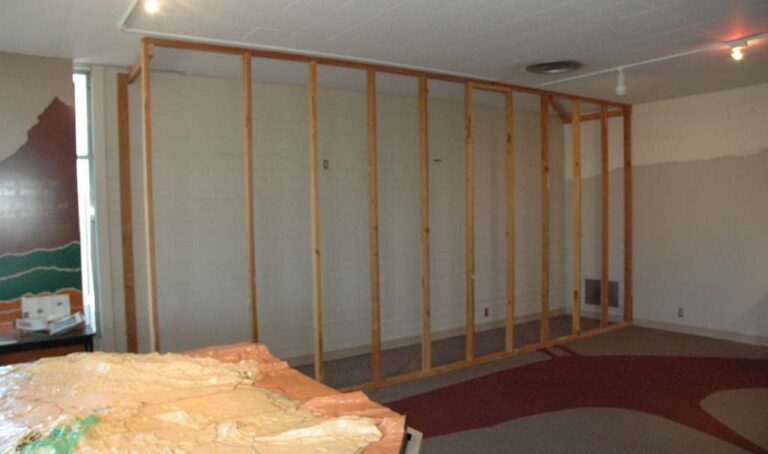
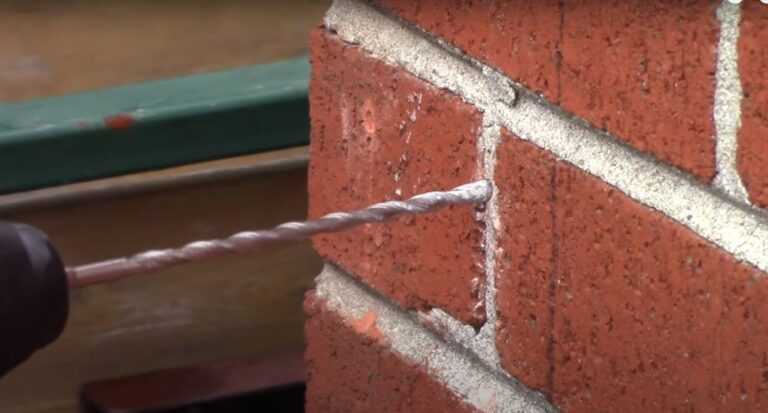
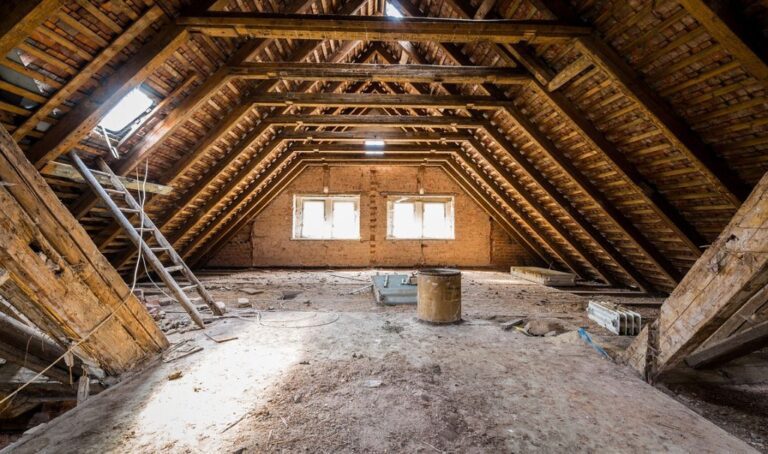
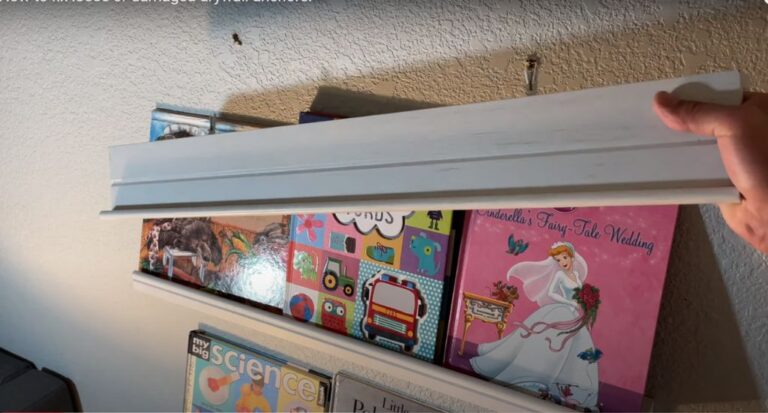
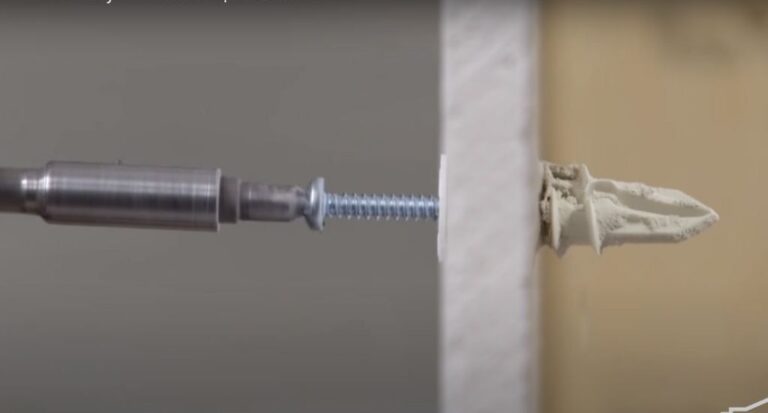
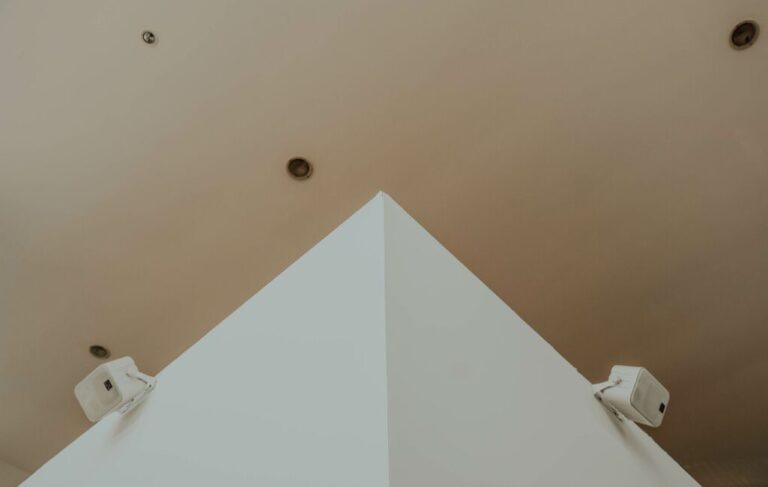
One Comment